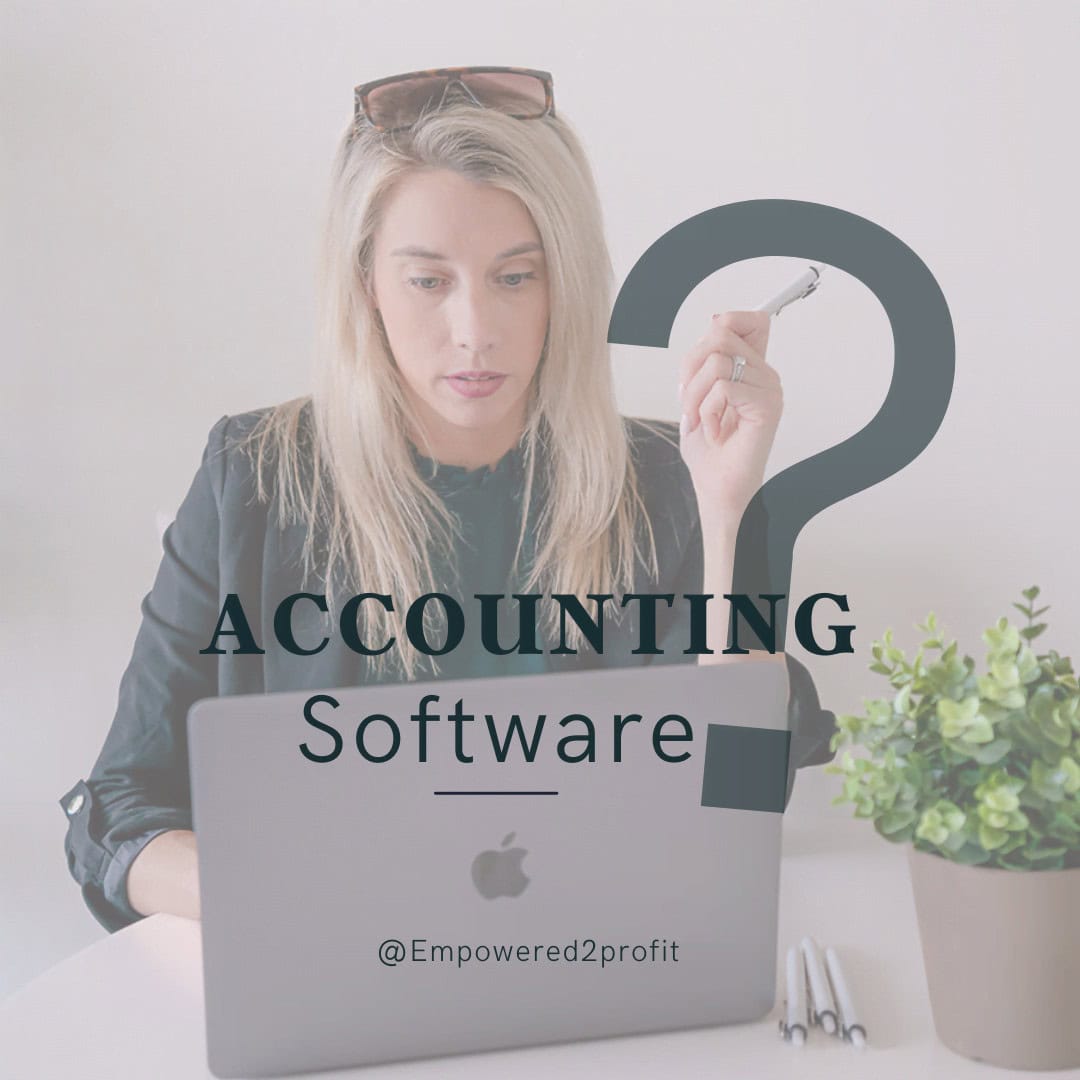Congratulations! You’ve taken the first step towards efficient financial management by signing up for accounting software. Now that you’re all set up, it’s important to understand what comes next. In this blog post, we’ll guide you through the crucial next steps and share some best practices to ensure a smooth and successful bookkeeping journey.

Identify the Relevant Business Accounts
Before diving into the software, it’s essential to determine which accounts should be connected. Focus on your business accounts, such as checking and savings accounts, as well as your business credit card account. However, remember not to connect your personal accounts, even if they’re occasionally used for business purposes. Don’t worry; we’ll explain how to handle that data later.
Caution with Connections
Payment processors such as PayPal, Stripe or Venmo shouldn’t be connected to your accounting software. Such integrations often result in excessive or insufficient data transfer and require additional knowledge on how to connect. For accounts like PayPal or Stripe, we’ll provide you with a simpler method to ensure accurate data capture.
Just to re-cap just because it can connect to QuickBooks Online (QBO) doesn’t mean it should. Traditional bank accounts and credit cards are “safe” to connect and usually straight forward.
Determining the Starting Date
Determining the starting date of your accounting file is crucial for accurate financial records. The process varies depending on your business’s circumstances:
- If You Just Started Your Business: If you’re a new business owner (congratulations!), things are relatively straightforward. Use the date you officially opened your business as the starting point for your accounting file. Connect all the identified accounts from that date onwards.
- If You’ve Been in Business for a While: If You’ve Been in Business for a While: If you’re starting a new file or are just getting started with bookkeeping, don’t worry. We understand that catching up on previous bookkeeping might seem daunting. However, we have several articles available that will help you catch up quickly if you haven’t done any bookkeeping yet.
To determine the appropriate starting date, consider the following questions:
- When did you file your last taxes? If you’ve filed within the past 12 months, start your accounting file from the current year. For instance, if you filed your 2022 taxes but haven’t maintained any bookkeeping records, begin your file from January 2023.
- If you haven’t filed taxes yet, decide when you want your records to start from. If it’s more than 12 months ago, we recommend manually uploading transactions (bank/credit card activity) that are older than 12 months. For the rest, you can connect the bank feed starting from 12 months prior.
It’s worth noting that software often struggles with importing very old data, leading to more connection errors. Thus, we recommend pulling in the past 12 months of data through the accounting software and manually uploading anything older. If you need assistance with manual data uploads, let us know, and we’ll provide a helpful tutorial.
Connecting Your Identified Accounts
With the starting date determined, it’s time to connect all the business accounts you identified in step one. By doing so, you’ll ensure that your financial data is accurately captured from the chosen date onwards. Take a moment to appreciate your progress—you’ve completed a significant setup that will set you on the right track for your bookkeeping journey.
By following these next steps and best practices, you’re well on your way to mastering your accounting software and achieving efficient financial management. Remember, identifying the relevant accounts and setting the appropriate starting date are vital for accurate records. Stay tuned for more tutorials and tips to enhance your bookkeeping skills. Embrace this journey, and soon you’ll reap the rewards of streamlined financial management.


